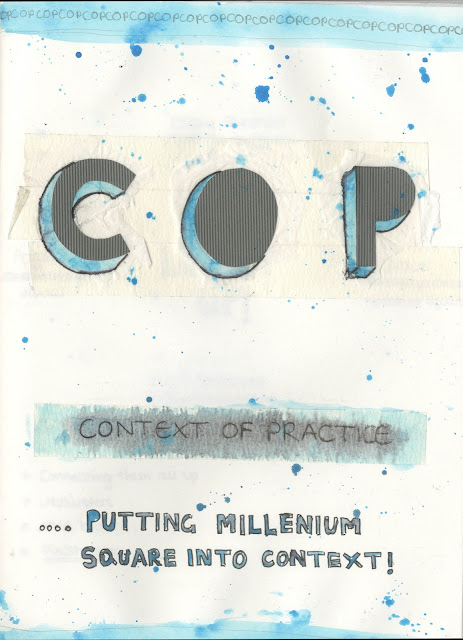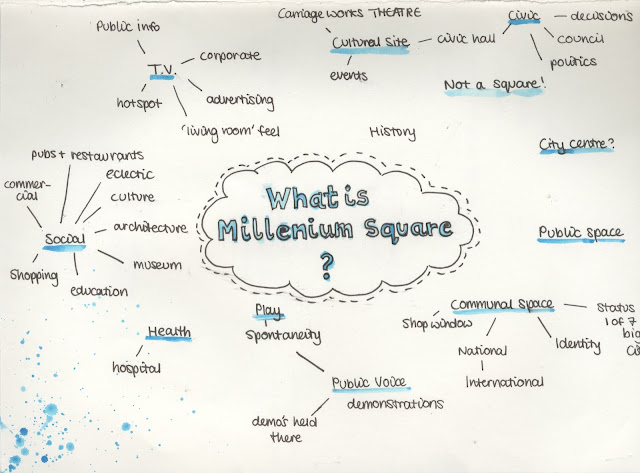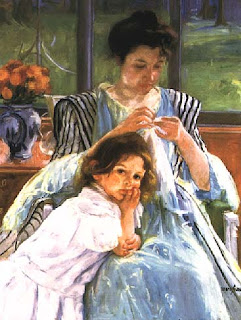The
lectures I have been attending, (especially the Art and Revolution lecture)
have often introduced me to artists I have never come across before and which
important points in history have influenced certain art movements. The lectures
have definitely expanded my knowledge of art history, key art movements and the
artists involved.
In
my previous further education a formal approach to teaching students the
history and context of art was often neglected. This has resulted in the fact
that I relished the chance to actually be taught about the subject I am
passionate about and to hear the views and thoughts of others also passionate.
Making notes through out the lectures was never a problem for me, and having my own copy and interpretation to look back on definitely helped cement my understanding. Re-writing the notes onto my blog was what I sometimes found difficult. Previous to being a student of Vis Com, I have never had my own blog and it did take me a while to get used to using one. At first I was very reluctant to use it and believed that I would really never grow to love blogging, but after the first term I realised how wrong I had been to think this!
After realising blogging was no where near as bad as first thought, the hard part of COP came in the form of having to re-type all of my notes. I have to admit I never really enjoyed doing this and sometimes I would forget and would be adding notes from a lecture a week or so after its viewing. However, I quickly realised that re-typing my notes really helped me when it came to remembering what the lecturer had said and I have certainly remembered and understood a lot more through this re-writing.
Making notes through out the lectures was never a problem for me, and having my own copy and interpretation to look back on definitely helped cement my understanding. Re-writing the notes onto my blog was what I sometimes found difficult. Previous to being a student of Vis Com, I have never had my own blog and it did take me a while to get used to using one. At first I was very reluctant to use it and believed that I would really never grow to love blogging, but after the first term I realised how wrong I had been to think this!
After realising blogging was no where near as bad as first thought, the hard part of COP came in the form of having to re-type all of my notes. I have to admit I never really enjoyed doing this and sometimes I would forget and would be adding notes from a lecture a week or so after its viewing. However, I quickly realised that re-typing my notes really helped me when it came to remembering what the lecturer had said and I have certainly remembered and understood a lot more through this re-writing.
Writing
an essay, although never fun was not something I had a huge problem with as I
have always studied English and have had a lot of practise writing essays. The
fact that I also studied Media for A-level meant I had some knowledge of
advertising to draw upon when I started to struggle.
When writing my essay, I realised how the COP lectures and seminars have helped me to produce well-informed arguments and criticism and so has improved my ability to analyse theorists’ opinions within my academic writing.
When writing my essay, I realised how the COP lectures and seminars have helped me to produce well-informed arguments and criticism and so has improved my ability to analyse theorists’ opinions within my academic writing.
Relating
Millennium Square to my essay was a difficult but enjoyable task. The
opportunity to talk to the others in my group who had chosen the same essay
title was great, and we managed to come up with great ideas as a team.
Lucy and I decided that we would like to collaborate, as we felt the ideas we wanted to equate onto Millennium Square were very similar. This made the project more enjoyable as working with Lucy was great and I really like the work that we have produced. I am glad we took David’s advice and re-designed the second page, but it was a little last minute and I wish we came up with the idea earlier so we could have had longer to improve it. It is not quite up to the standard I would have liked.
Lucy and I decided that we would like to collaborate, as we felt the ideas we wanted to equate onto Millennium Square were very similar. This made the project more enjoyable as working with Lucy was great and I really like the work that we have produced. I am glad we took David’s advice and re-designed the second page, but it was a little last minute and I wish we came up with the idea earlier so we could have had longer to improve it. It is not quite up to the standard I would have liked.
Overall
I feel that due to the Context of Practise module I have really expanded my
knowledge concerning the historical and contextual background of visual
communication, and art in a broader sense too. Next year, I want to carry on being inspired by the lectures
and work on my academic writing skills and hope that both get better simultaneously
and improve one another.
























































